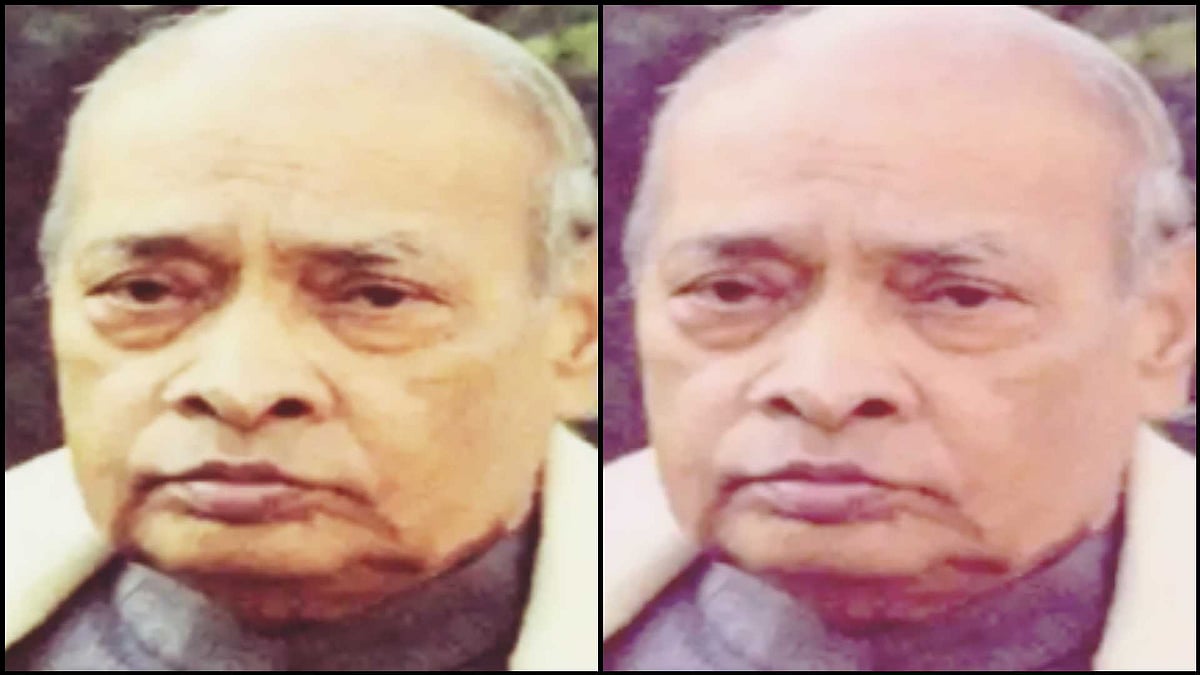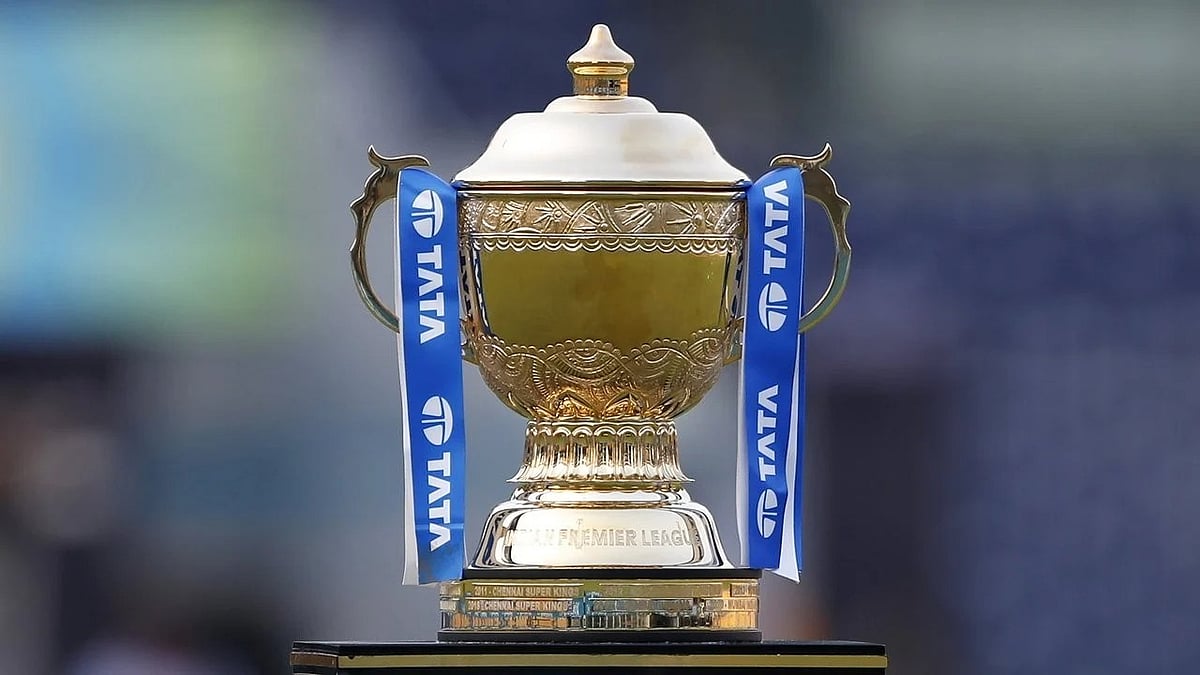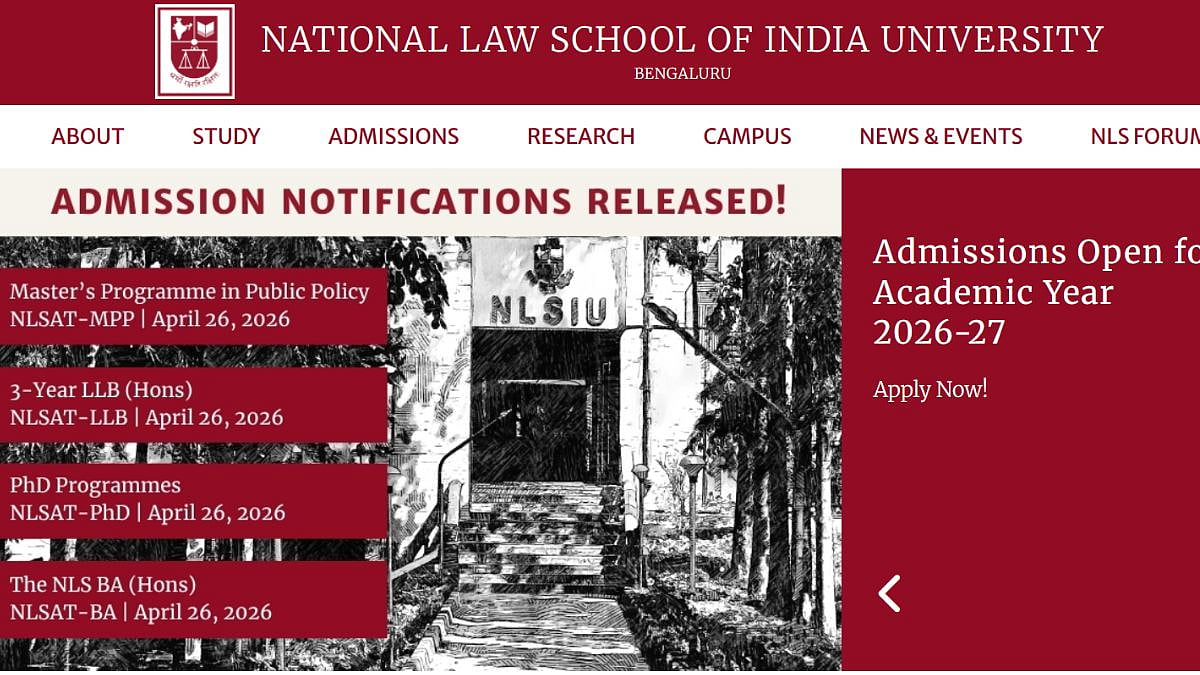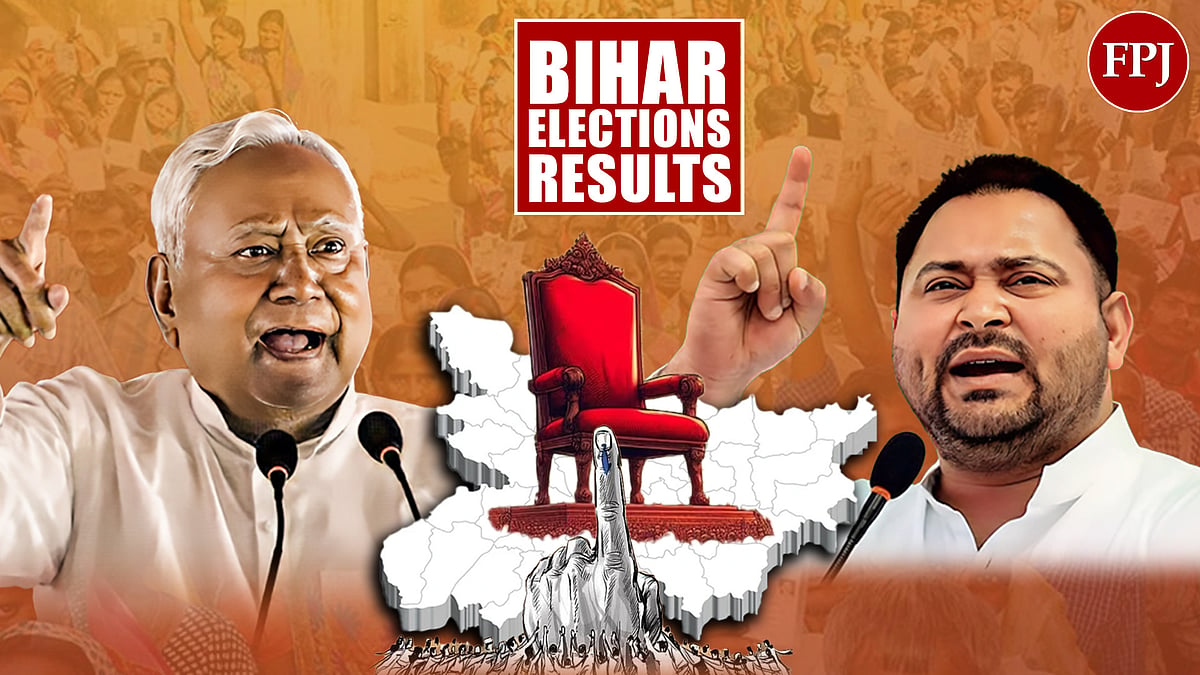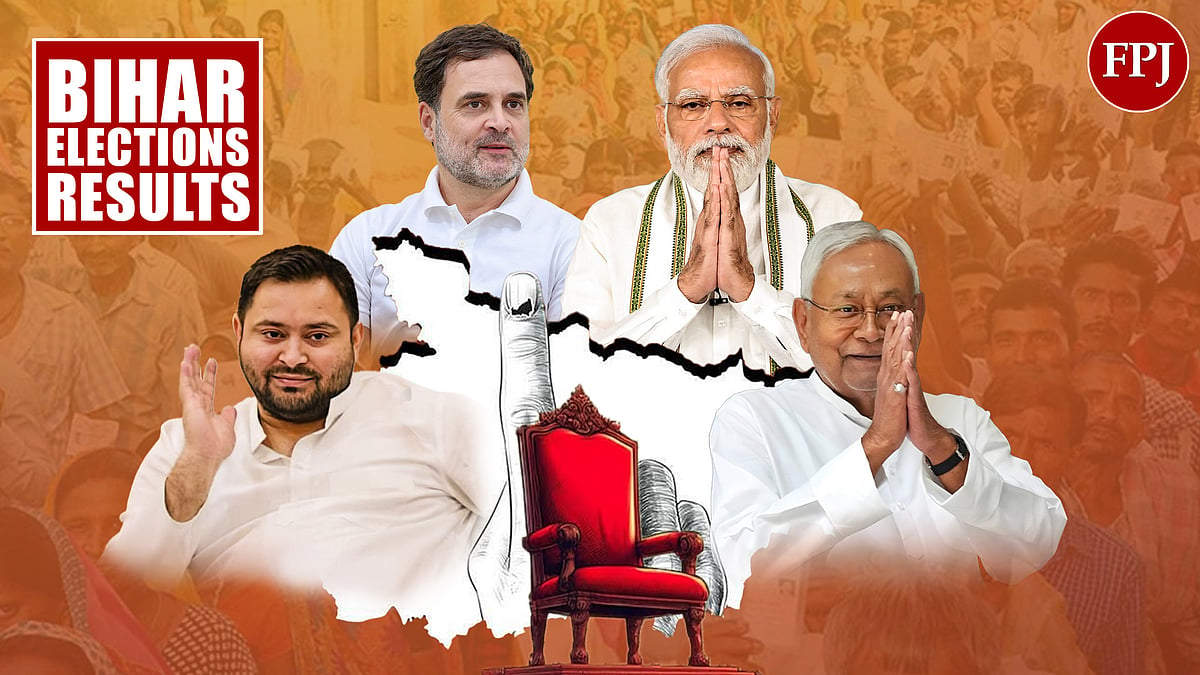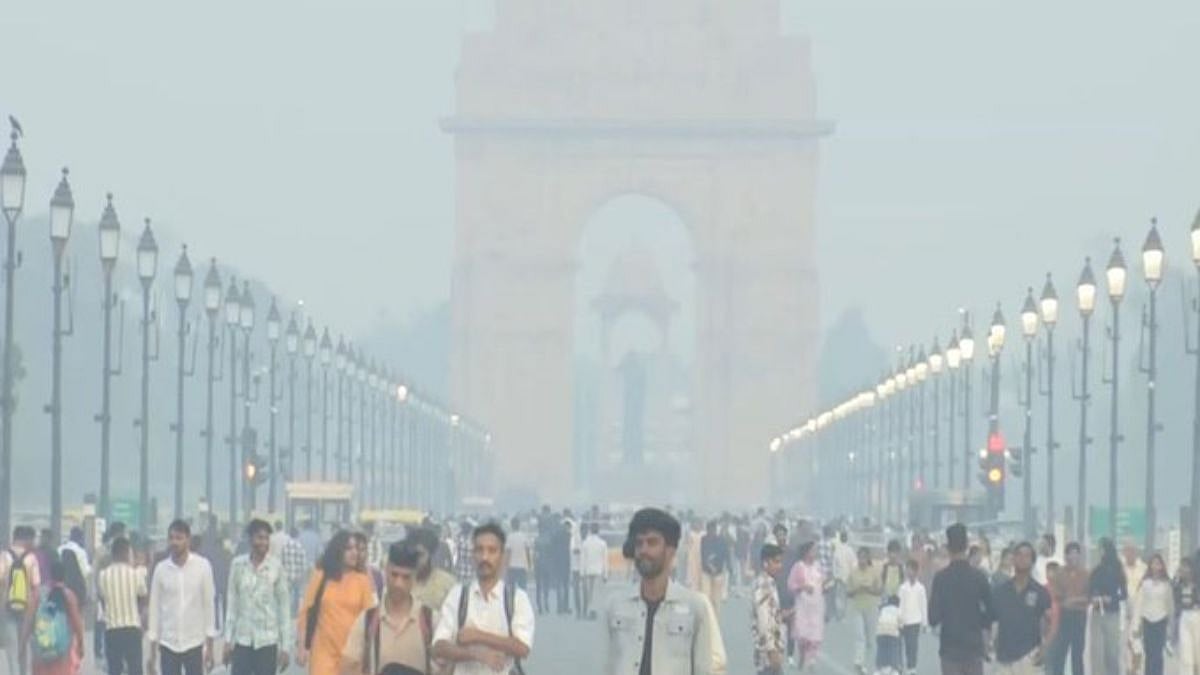A transfixed nation watched Prime Minister Narendra Modi lay a 40kg silver brick as part of the ground-worship ceremony for the foundation of the Ram temple, on August 5, 2020. It is pertinent, perhaps, to recollect the role of the man who was Prime Minister when Ayodhya became a cauldron of communal rage (India has since never recovered from the bloody massacre that followed). And the one who was frequently castigated for his alleged inertia and inaction during the mayhem, the Congress never forgave. He was permanently disenfranchised within the party thereafter. It was a gargantuan injustice.
I met former Prime Minister Narasimha Rao at our Fergusson College (Pune) alumni get-together in Delhi at the home of veteran Congress leader VN Gadgil, who represented the Pune Lok Sabha constituency. Rao was then a cabinet minister in the Rajiv Gandhi government. He listened intently and when he spoke his erudition was incandescent. I vaguely remember him telling me, “In politics, we co-exist with the unpredictable.”
On December 6, 1992, I was at my brother’s home in Kailash Colony, New Delhi, when suddenly one heard tumultuous clapping and animated shouts of exhilaration coming from the neighbouring compound. I was later to learn that they were celebrating the destruction of the Babri Masjid mosque that had been brought down by an angry mob (mostly comprising members of the VHP) that was unstoppable in its violent intent. The 16th-century controversial religious structure was reduced to rubble within hours. Evidently, it was planned destruction.
Ironically, the Chief Minister of Uttar Pradesh, Kalyan Singh, had given a written affidavit to the Supreme Court of India guaranteeing the safety of the Babri Masjid. India’s highest judicial authority was deliberately misled. Singh’s intent was unalloyed; he wanted to be the facilitator of the BJP’s grandiose political makeover, following the mosque’s desecration. Singh became the saffron family’s hero. But Narasimha Rao became a victim of brazen scapegoating by his powerful adversaries within the Congress party, each eyeing his august office. The facts were to the contrary however.
Firstly, the governor of Uttar Pradesh did not recommend President’s rule in UP, an idea that Rao genuinely believed was the best option to pre-empt the BJP and Hindutva activists, given the sensitive circumstances. It would have been constitutionally moral to follow due process. After all, federal principles encapsulated that law and order was a state subject. There is little Rao could have done. Secondly, the Rao regime facilitated the passage of the Act in Parliament that the religious character of monuments would be protected by the status quo as of August 15, 1947, a manifestation of his secular credentials. The attempt was to assuage Muslims who were perturbed by the Sangh Parivar’s vociferous Kashi and Mathura agenda. By keeping the disputatious ‘Ramjanmabhoomi-Babri Masjid’ complex out of the ambit of the law, Congress sent a signal to Hindus too. Thirdly, as communal riots conflagrated, Rao sacked the UP government under Article 356, sending out his unambiguous condemnation of BJP’s connivance and cunning.

He subsequently banned the RSS and VHP and appointed the Liberhan Commission ( under former HC judge, MS Liberhan). The report indicted the BJP and even AB Vajpayee was held culpable. But the Congress itself soft-pedalled its response when the report was tabled in 2009. No action was taken. Fourthly, in a televised address, Rao publicly stated that the destroyed mosque would be rebuilt. The Congress did not adhere to that political commitment of restitution. After 2004, it had the opportunity for redemption but realpolitik was the stumbling block.
Blaming Rao as someone who was mendacious, and wilfully insouciant (many alleged that he slept through the entire communal maelstrom) is unfair. The Congress pretended that the masjid the commitment was Rao’s capricious outburst in a moment of insuperable remorse. Rebuilding the mosque was summarily dumped; 'Janeu Dhari' was embraced. Fifthly, formidable BJP leaders such as LK Advani, Murli Manohar Joshi, Uma Bharati and Kalyan Singh were criminally prosecuted for an organised conspiracy, the trial for which is still underway. Frankly, blaming Rao is deflecting from the Congress’s own opportunistic prevarications.
The fact is, in 1991, the Congress manifesto for the Lok Sabha polls said the party favoured the construction of the temple but without demolishing the mosque. Congress was trying the balancing act between Shah Bano and the Salman Rushdie incidents and the slow-moving Toyota chariot that was drawing huge crowds. PM Rajiv Gandhi’s advisers believed that playing footsie with both the Hindu and Muslim communities would pay handsome electoral rewards. They would instead get a contumacious rejection from both sides, enabling the rise of regional parties (the SP, BSP, RJD) and provide the BJP with aviation fuel, helping them skyrocket. Indian politics was reconfigured.
Even the supposedly moderate ( an exaggerated media description) AB Vajpayee himself did not believe that court intervention was the panacea. The BJP had insinuated quite clearly that an unfavourable court verdict would not be acceptable to it. The explicit religious callisthenics played on the front foot by the BJP was responsible for its meteoric vertical leap from two seats in 1984 to 117 in 1991. It was extraordinary. Congress needs to play on the front foot too. It was so ridden by guilty conscience after Advani cleverly coined “pseudo-secularism”, it got paralysed. It should tell people that in a secular society there are no religious binaries; we can and must be both pro-Hindu and pro-Muslim, it is not either-or. And not be apologetic about it.
